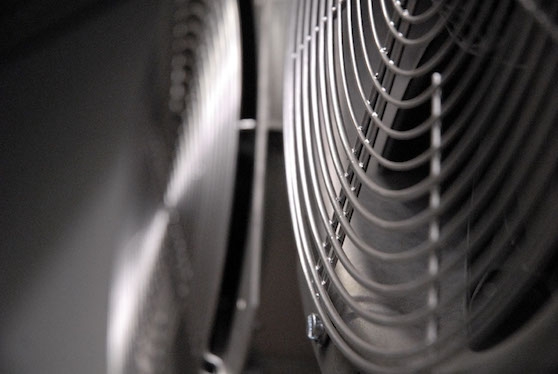
News
Gradual energy efficiency improvements or complete overhaul?
February 28, 2018 - Inefficient machinery increases wasteful energy use, making it a key area of improvement for many businesses. That said, you can’t manage what you don’t measure, so the first step toward the efficient management of energy is an analysis of unique energy requirements.
February 28, 2018 By Nick Boughton
 Reducing energy use is an issue at the forefront of many plant managers’ minds.
Reducing energy use is an issue at the forefront of many plant managers’ minds. Gradual improvements for results
With a few exceptions, a complete process remodel and brand-new methods are often unrealistic or impossible, and the result may prove less efficient than the process being replaced (because doesn’t necessarily mean better!). Instead, gradual improvements to machinery, maintenance and operating processes are the focus for many engineering and manufacturing directors, with incremental improvement being the focus.
Data centres, which traditionally operate using a hot aisle/cold aisle cooling method, have become an infamous energy inefficiency example. In this scenario, server racks are lined up in alternating rows, with cold air intakes facing one way and hot air exhausts facing the other. Typically, cold aisles face A/C output ducts and hot aisles face A/C return ducts.
Optimum server operating temperatures range between 20ºC and 24ºC, but with Moore’s Law stating that processing power for computers will double every two years, the heat produced by the state-of-the-art equipment within data centres will only increase.
For data centres, investing in more-efficient cooling methods such as on-rack cooling is necessary for providing energy efficiency while avoiding equipment damage from overheating. On-rack cooling replaces the back doors of an enclosure with a heat exchanger, bringing the cooling equipment much closer to the heat source. This can eliminate the hot aisle/cold aisle row arrangement as there’s no need to worry about hot and cold air mixing, because hot air never enters an ambient space.
A similar scenario is playing out in manufacturing plants, particularly those embracing Industry 4.0 and choosing to use local-edge computing rather than making use of the cloud.
Conduct surveys to ensure no part of a plant nor any piece of machinery is overlooked. Surveys provide a top-down approach, and should be carried out regularly by facilities managers to meet energy efficiency requirements.
A more specific approach, however, should be taken by energy managers, when a specialized piece of equipment (e.g. a pump centre) is being assessed.
A future with sensors
Smart sensors will be installed on much new machinery, as more process plants, data centres and even offices begin taking advantage of the internet of things to deliver a variety of benefits, including remote monitoring and digital twin-enabled design. The data captured by these sensors will build on the surveys currently employed, allowing for efficiency decreases to be recognized and counteracted immediately.
Because sensors will be built directly into components, such as motors, inverters, gears and bearings, manufacturing and engineering directors can sleep soundly, without worrying that inefficiencies are creeping into the application.
Whether the facility in question is a data centre, office or processing plant, the most powerful way to reduce energy loss is through a holistic and overarching process, which can be supplemented by the correct use of data from in-built sensors alongside other methods, such as surveys and digital twins.
Nick Boughton is sales manager with systems integrator Boulting Technology (United Kingdom), a supplier of systems integration, industrial network solutions, LV motor control centres, switchgear, control panels and telemetry. Visit www.boultingtechnology.co.uk.
Print this page